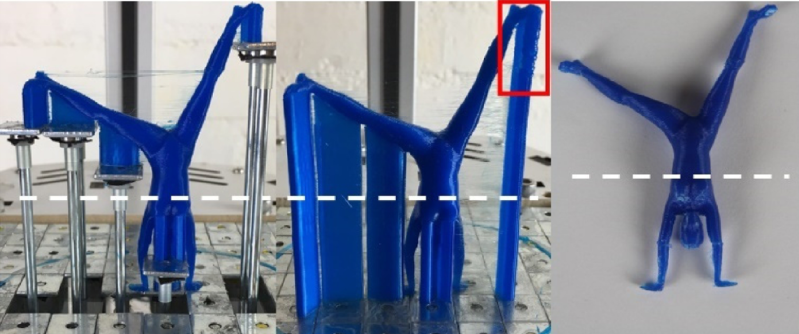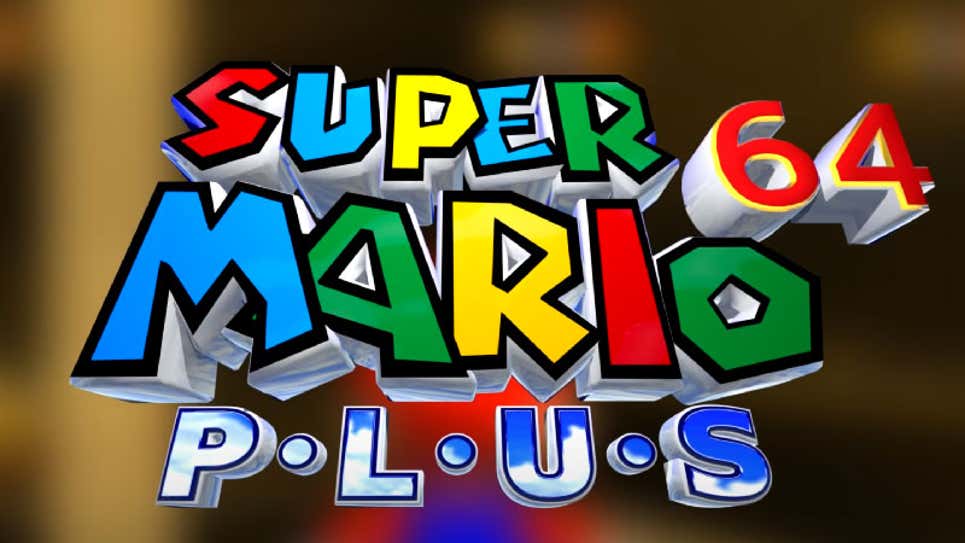I remade an intro cinematic from Grand Theft Auto: San Andreas using Unreal Engine 4. GTA: SA is one of the best games of all time, so it should be remade. Rockstar, please!
External News
Etching tiles with multi-color (painted layers)
I keep having to up the anti. First it was white tiles with one color or paint. Then white tile with two colors of paint. Now I am trying white tile with FOUR colors of paint and some with three. I will be laying down a combination of yellow, orange, red, and black. Also yellow, green, and black.
The idea is to burn through the black to show the color under it. Also to burn through that color to reveal the color under that and so on until you get down to the white tile. I wanted to try doing the sun tile again with the yellow, orange, red, and black paint. That way as I burned deeper into the paint, it would look like the hotter parts of the sun. There were two major mistakes I made with this project. The first was to not wait long enough between layers of paint.
This caused the next layers to interact with the layer under it to make it look cracked. The yellow also spat out of the cat at first. I had not had this happen before. I knew it could be an issue and that is why you should always do a quick test spray from the can to insure a fine mist before you spit paint onto your target. In addition to not waiting long enough between layers was to put a NON-WATER BASED clear finish on the tiles.
This also reacts with the paint and bubbles it up. Kind of like putting lacquer thinner on paint to remove it. The textures look is kind of cool but not what I was going for.
In Car Emulation Test Using The CarDongle! Android PC for Your Car
In this video, we test out some emulators running on the new CarDongle! The CarDongle Is An Android PC For Your Car and with this, you can easily add a full android OS to your vehicle with access to Google Play, Netflix, youtube, Android Auto, Android Games, and Emulators Like RetroArch, PPSSPP! We test out some NES, SNES, Game Boy Advance, Dreamcast, and PSP. So can this thing run emulators on our car’s built-in screen? Let’s find out
Dynamic Build Platforms for 3D Printers Remove Supports and Save Material
We’re all too familiar with the 3D printing post-processing step of removing supports, and lamenting the waste of plastic on yet another dwindling reel of filament. When the material is expensive NinjaFlex or exotic bio-printers, printing support is downright painful. A group at USC has come up with a novel way of significantly reducing the amount of material that’s 3D printed by raising portions of the bed over time, and it makes us wonder why a simpler version isn’t done regularly.
In the USC version, the bed has a bunch of square flat metal pieces, with a metal tube underneath each. The length of the tube determines the eventual height of that square. Before the print is made, the bed is prepared by inserting the appropriate length tubes in the correct squares. Then, during the print, a single motor pushes a platform up, and based on the height of the pin, that portion of the bed raises appropriately, then stops at the right height.

Someone Made Part of Wario Land 4 With Unity and It’s Amazing
It has been well over two decades since Wario Land 4 released for the Game Boy Advance, yet fans still rave about how good the game is and how great it would be to get another installment. People are so adamant that a modern title in the series gets made that they’ve actually taken it upon themselves to create the building blocks for it.
Indie game developer MikMik is one of those people, posting a quick video to his Twitter account that revealed the Wario Land 4 project he’s been workshopping, and boy does it look awesome.

Super Mario 64 Plus Adds Very Cool Settings And Ideas To Nintendo’s Classic
Super Mario 64 Plus is a modified version of the PC port of Super Mario 64, which takes the original and adds loads of stuff like 60FPS, bug fixes, a ton of in-game options and, best of all, “The ability to continue the level after getting a star.”

How a Split-Flap Display Works
Take a look inside my see-through split-flap display, made from laser-cut clear acrylic and an Arduino.
The mechanical design, electrical details, and firmware are all open-source, including comprehensive purchasing and assembly instructions: https://github.com/scottbez1/splitflap
3D Printed Cycloidal Actuator
I have designed yet another cycloidal drive! This one is different, though. Unlike most of my projects, it is strictly 3D printed. No CNC required. The cycloidal mechanism is also “inside-out”. The cycloidal discs do not rotate, they only wobble, transmitting rotation to the output. This was also designed to maybe be used in a modular robot arm. It’s also a 25:1 gear reduction.
DJ Harrigan Blends Reality with Fiction by Creating an Animatronic, Alexa-Powered GLaDOS
Inspired by the antagonist from Valve’s Portal series, Harrigan has combined a custom-built animatronic and an Echo to create GLaDOS.
Maker DJ Harrigan has blended two worlds with the creation of a voice assistant which combines Amazon’s popular Alexa with Portal’s fictitious but reasonably murderous artificial intelligence GLaDOS.
For the past seven months, Harrigan has been working to bring GLaDOS, the iconic artificially-intelligent testing-hungry antagonist from Valve’s Portal franchise, out of the game world and into the real. Initially, the plan was relatively simple: “I’m building a scaled animatronic version of GLaDOS (as she looks in Portal 2),” Harrigan explained at the project’s launch.
Arduino based Artificial Horizon using BN0055 gyro and Waveshare OLED.
An experiment to try to drive an OLED display with an Arduino UNI with data from a BNO055 gyroscope.
Code provided for educational purposes only, the code and devices are not appropriate for actual aircraft use for a wide variety of reasons.
Code available freely at : https://github.com/peterashwoodsmith/…
